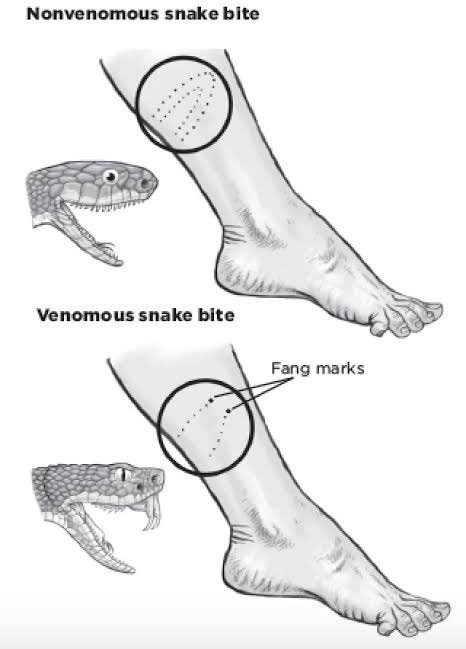A nurse is caring for a client who came to the emergency department reporting chest pain. The provider suspects a myocardial infarction. While waiting for the troponin levels report, the client asks what this blood test will show.
Which of the following explanations should the nurse provide to the client?
Troponin is an enzyme that indicates damage to brain, heart, and skeletal muscle tissues.
Troponin is a heart muscle protein that appears in the bloodstream when there is damage to the heart.
Troponin is a protein that helps transport oxygen throughout the body.
Troponin is a lipid whose levels reflect the risk for coronary artery disease.
The Correct Answer is B
Choice a) is incorrect because troponin is not an enzyme, but a protein. Enzymes are molecules that speed up chemical reactions in the body. Troponin does not have this function.
Choice b) is correct because troponin is a protein that binds to calcium and regulates the contraction of heart muscle fibers. When the heart muscle is injured, such as in a myocardial infarction, troponin leaks into the bloodstream and can be detected by a blood test. The higher the level of troponin, the more severe the damage to the heart.
Choice c) is incorrect because troponin does not help transport oxygen throughout the body. That function is performed by hemoglobin, which is a protein found in red blood cells.
Choice d) is incorrect because troponin is not a lipid, but a protein. Lipids are fats that are used for energy storage and cell membrane formation. Troponin does not have these roles.
Nursing Test Bank
Naxlex Comprehensive Predictor Exams
Related Questions
Correct Answer is A
Explanation
Choice A: Provide frequent oral and nares care is the correct action for the nurse to take. Oral and nares care can help prevent infection, dryness, and irritation of the mucous membranes, which can be damaged by the pressure and friction of the tube. The nurse should also monitor the tube position, secure it with tape, and keep scissors at the bedside in case of emergency deflation.
Choice B: Keep the client in a supine position is not the correct action for the nurse to take. The supine position can increase the risk of aspiration, regurgitation, and gastric distension, which can worsen the bleeding and compromise the airway. The nurse should elevate the head of the bed to at least 30 degrees and use a semi-Fowler's or high-Fowler's position.
Choice C: Ambulating the client four times per day is not the correct action for the nurse to take. Ambulation can increase abdominal pressure and dislodge the tube, which can cause bleeding and perforation. The nurse should keep the client on bed rest and use passive range-of-motion exercises to prevent complications such as thromboembolism and muscle atrophy.
Choice D: Encouraging the client to consume clear liquids is not the correct action for the nurse to take. Clear liquids can increase gastric volume and acidity, which can aggravate the bleeding and interfere with hemostasis. The nurse should maintain a nothing-by-mouth status and provide intravenous fluids and nutrition as prescribed.

Correct Answer is C
Explanation
Choice A: Removing the elastic bandages is not recommended. These bandages help slow the spread of venom by compressing the lymphatic vessels. Removing them could worsen the envenomation.
Choice B: This is incorrect. The nurse should not discharge the client, as they may develop serious complications from the snake bite, such as swelling, bleeding, infection, or shock. The client should be monitored closely and treated accordingly.
Choice C: This is the correct action. Antivenom treatment is crucial for serious snake envenomation. The sooner it can be administered, the better the outcome.
Choice D: While pain management is important, it is not the priority in this situation. Antivenom takes precedence over pain medication.

Whether you are a student looking to ace your exams or a practicing nurse seeking to enhance your expertise , our nursing education contents will empower you with the confidence and competence to make a difference in the lives of patients and become a respected leader in the healthcare field.
Visit Naxlex, invest in your future and unlock endless possibilities with our unparalleled nursing education contents today
Report Wrong Answer on the Current Question
Do you disagree with the answer? If yes, what is your expected answer? Explain.
Kindly be descriptive with the issue you are facing.
